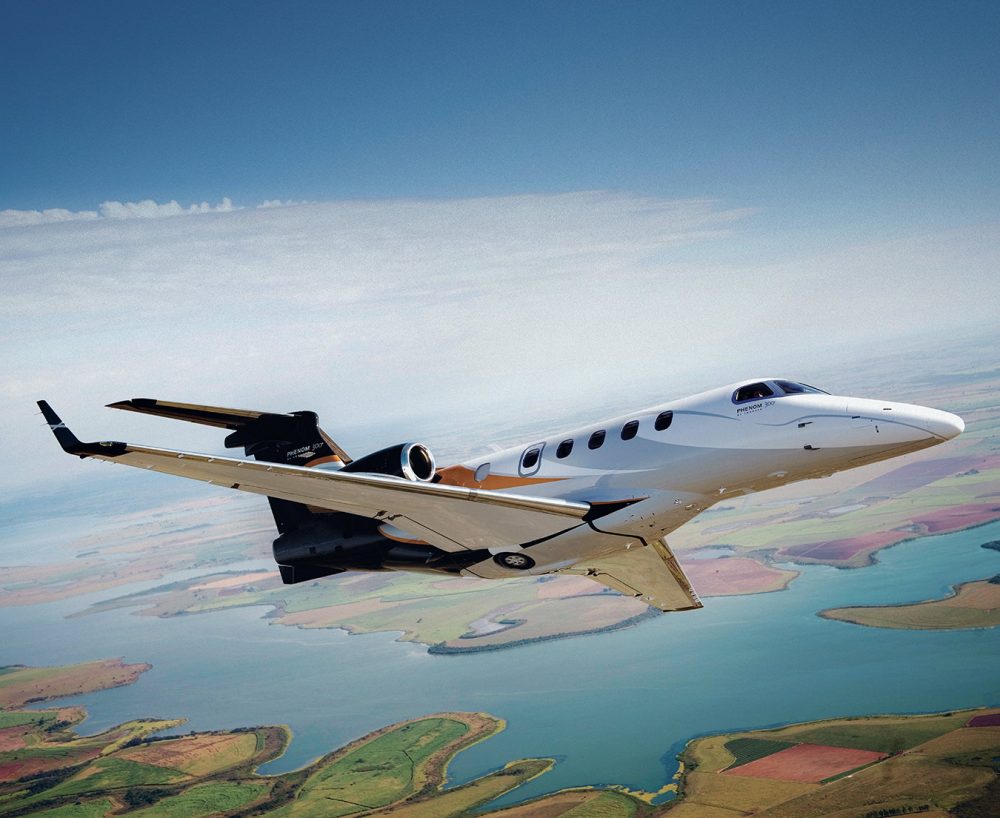Getting there, we are told, is half the fun. And that pretty much sums up the approach Aurora Jet Partners takes to its business. If you must spend some time getting from point A to point B, whether for business or for pleasure, Aurora’s fleet of executive jets offers a pretty attractive way to do it.
Formed by the merger of two private aviation companies over a year ago, Aurora can trace its aviation history back more than 40 years. Currently the company offers fractional jet ownership—pro-rated shares of a private jet—to a group of discriminating corporate and personal clients from across Canada. An entry-level fraction (one-eighth ownership of a particular jet) gives share owners access to the entire fleet and entitles them to between 100 and 120 hours of occupied flying time a year depending on the plane, with flights available on as little as eight hours’ notice.
While the phrase “private jet” may conjure visions of high-flying Hollywood glitterati and Wall Street raiders, the company’s vice-president Darryl Saunders explains that the reality of fractional jet ownership is a little more down-to-earth. “Prestige? There’s some of that,” he admits. “But the reality is, nobody sees you—it’s very nondescript.”
As Saunders points out, clients don’t come to Aurora to establish their credentials with the jet set. Rather, they’re looking for something infinitely more valuable. “The one thing that a private jet provides,” Saunders says, “is the one commodity you can’t go out and buy in the market: time.”
Consider: you’re an affluent individual travelling to, say, Mexico for a family sun and surf holiday. “If you go on [a commercial airline], it’s a full day of monkeying around at the airport getting on the airplane,” Saunders says. “You use up a day of your life, just in transportation. On a private jet, that’s a couple of hours at most.” Or, to put it more practically: no more standing in lineups. No more missed connections. No more waylaid luggage. Just get on and go.

For Aurora’s business clients, the ability to fly time-strapped executives from head office to, say, the site of that big exploration project in the middle of nowhere, is nothing less than a godsend. The icing on the cake: such a service can eliminate downtime and create what is in essence a flying boardroom where executives can review project details or discuss corporate secrets without fear of prying eyes (or ears).
From an accounting perspective too, Aurora’s service actually makes a lot of sense. “There’s a very rare number of people and corporations who actually own their own jet who get maximum utility out of them,” Saunders notes. “Typically the average owner will fly maybe 200 or 300 hours a year total, and these aircraft are easily capable of flying 1,000 or 1,500 hours a year.” For penny-pinching corporations, this is a big plus. Sign on with Aurora and the company enjoys all the benefits of private jet travel, without having to pay millions for the privilege of having a plane sit on the tarmac 50 weeks of the year. “It’s really being applied as a tool, as opposed to a perk.”
Not to say that such tools can’t be five-star. Aurora’s fleet is finished with rich wood mouldings and wide, comfortable chairs, many of which recline into full beds. Power outlets and pullout tables enable passengers to stay productive in the air, while most of the larger planes have full galleys. Cabin noise is also considerably lower than standard commercial aircraft—a product of dedicated soundproofing and engine placement at the rear of the plane.
Of course, such luxury isn’t exactly cheap. For a basic share on Aurora’s smallest plane, the four-passenger Embraer Phenom 100, expect to pay slightly under $1-million up front. (These capital costs minus actual depreciation are returned at the end of a five-year term.) Then, a monthly fee of $15,000 to $18,000 covers pilot salary, hangers, insurance, and “positioning fees” (the cost of flying back home after you take the plane to wherever it is you’re going). And direct operating costs are on top of this: budget $1,000 an hour.
Then again, it’s tough to put a price tag on what Aurora sells. How much would you pay for the feeling of actually looking forward to going to the airport? How much to be able to step off a plane feeling as good as you did when you stepped on? For the ability to look forward to the journey as much as the destination? Getting there is half the fun? Not even close.









